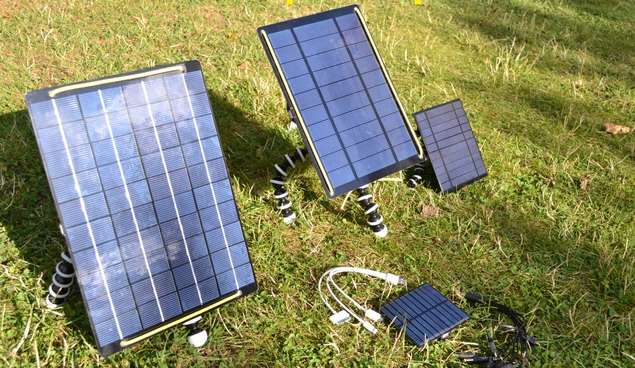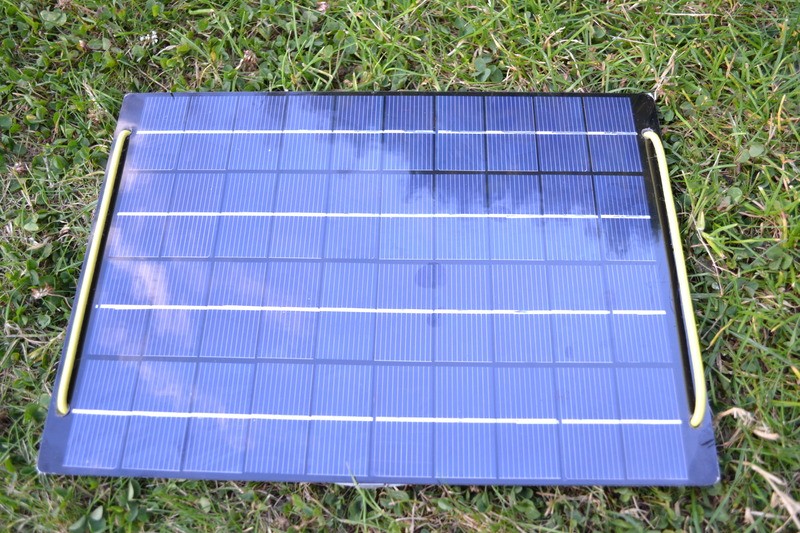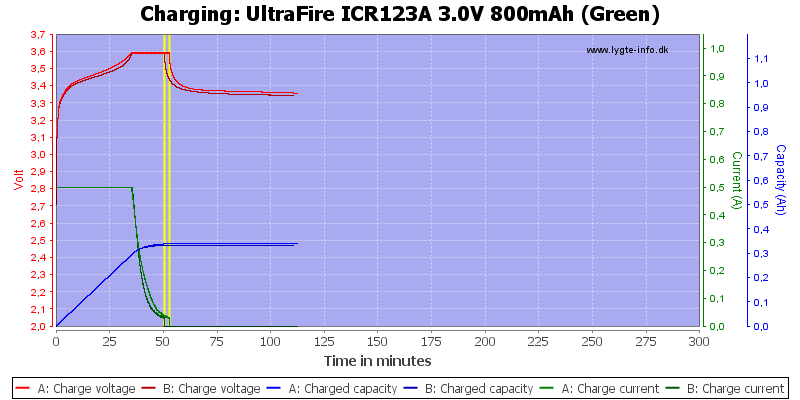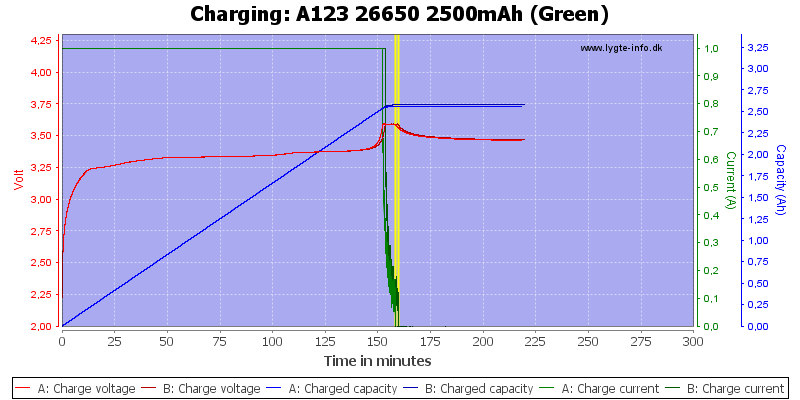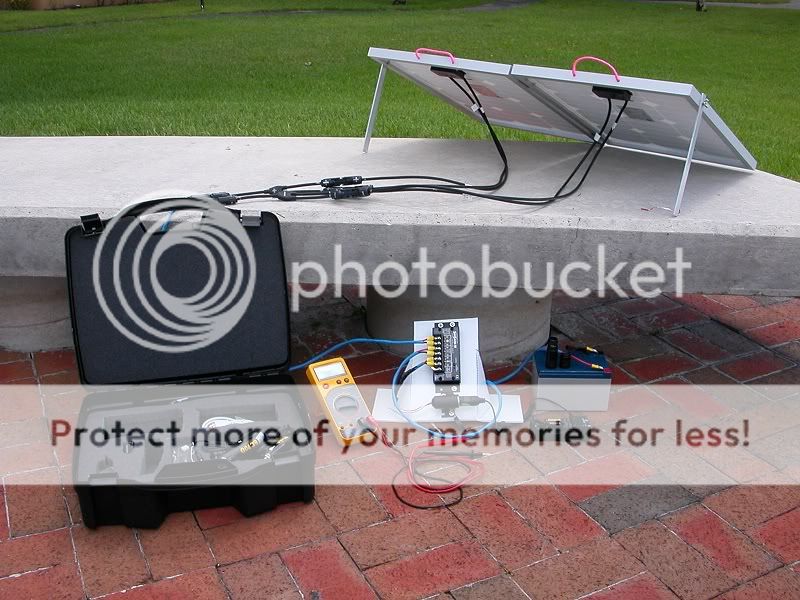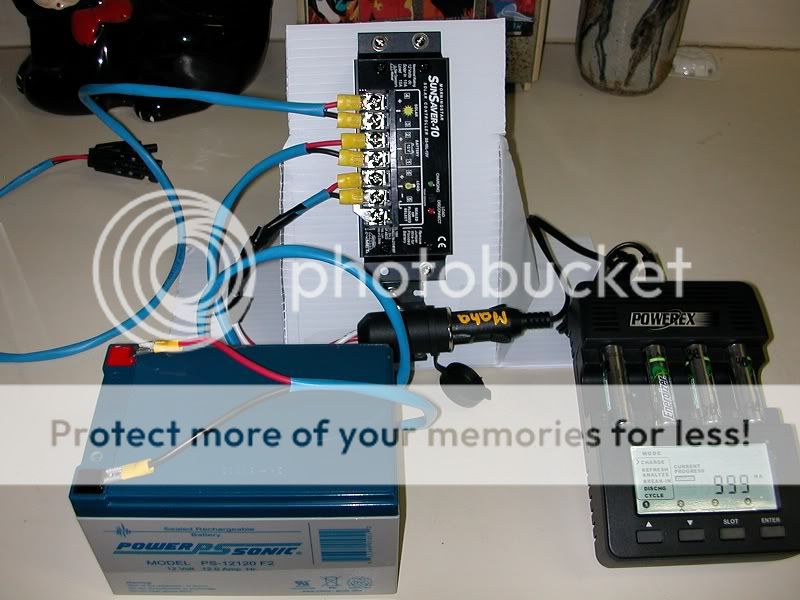Hello, first time posting here! 
We are currently working on a project involving electronic equipment which have to be unattended to for long periods of time and powered by LI-Ion batteries. We plan to augment the battery life using a small solar panel. The plan is to use 4 LI-Ion batteries in parallel, which will be charged by a bq24650 IC chip connected to the solar panel. In the sample schematics provided in the datasheet, the bcq24650 is powered by the solar panel. However, our panel is only able to deliver 3.85V as a maximum voltage rating. We therefore plan to power the bq24650 from a LT1111 step-up voltage regulator connected to the batteries, which will provide the 5V needed.
The question is, is this a good solution? The goal is to make the batteries last as long as possible with limited space and without the possibility to recharge the batteries manually. Due to the limited space we cant use a bigger panel, so eventually the batteries will run out. Our circuit would look something like this, but with different values for the resistors/capacitors:

Is this the right way to place the load on the battery? Or do we need some sort of protection between the battery and load? Is it okay to charge the batteries in a paralell configuration like this?
Here is a list of all the components of the charger and battery circuit:
Solar panel: http://no.farnell.com/multicomp/mc-sp0-8-nf-gcs/solar-panel-0-8w-4v-no-frame/dp/1852494
Battery manager IC-chip: http://www.ti.com/lit/ds/symlink/bq24650.pdf
Step-up power regulator: http://cds.linear.com/docs/en/datasheet/1111fd.pdf
LI-Ion batteries: http://powers.media.mit.edu/wiki/upload/ANR26650M1_Datasheet_MARCH_2008.pdf
Any information would be greatly appreciated! :thumbsup:
- Yosuk
We are currently working on a project involving electronic equipment which have to be unattended to for long periods of time and powered by LI-Ion batteries. We plan to augment the battery life using a small solar panel. The plan is to use 4 LI-Ion batteries in parallel, which will be charged by a bq24650 IC chip connected to the solar panel. In the sample schematics provided in the datasheet, the bcq24650 is powered by the solar panel. However, our panel is only able to deliver 3.85V as a maximum voltage rating. We therefore plan to power the bq24650 from a LT1111 step-up voltage regulator connected to the batteries, which will provide the 5V needed.
The question is, is this a good solution? The goal is to make the batteries last as long as possible with limited space and without the possibility to recharge the batteries manually. Due to the limited space we cant use a bigger panel, so eventually the batteries will run out. Our circuit would look something like this, but with different values for the resistors/capacitors:

Is this the right way to place the load on the battery? Or do we need some sort of protection between the battery and load? Is it okay to charge the batteries in a paralell configuration like this?
Here is a list of all the components of the charger and battery circuit:
Solar panel: http://no.farnell.com/multicomp/mc-sp0-8-nf-gcs/solar-panel-0-8w-4v-no-frame/dp/1852494
Battery manager IC-chip: http://www.ti.com/lit/ds/symlink/bq24650.pdf
Step-up power regulator: http://cds.linear.com/docs/en/datasheet/1111fd.pdf
LI-Ion batteries: http://powers.media.mit.edu/wiki/upload/ANR26650M1_Datasheet_MARCH_2008.pdf
Any information would be greatly appreciated! :thumbsup:
- Yosuk



